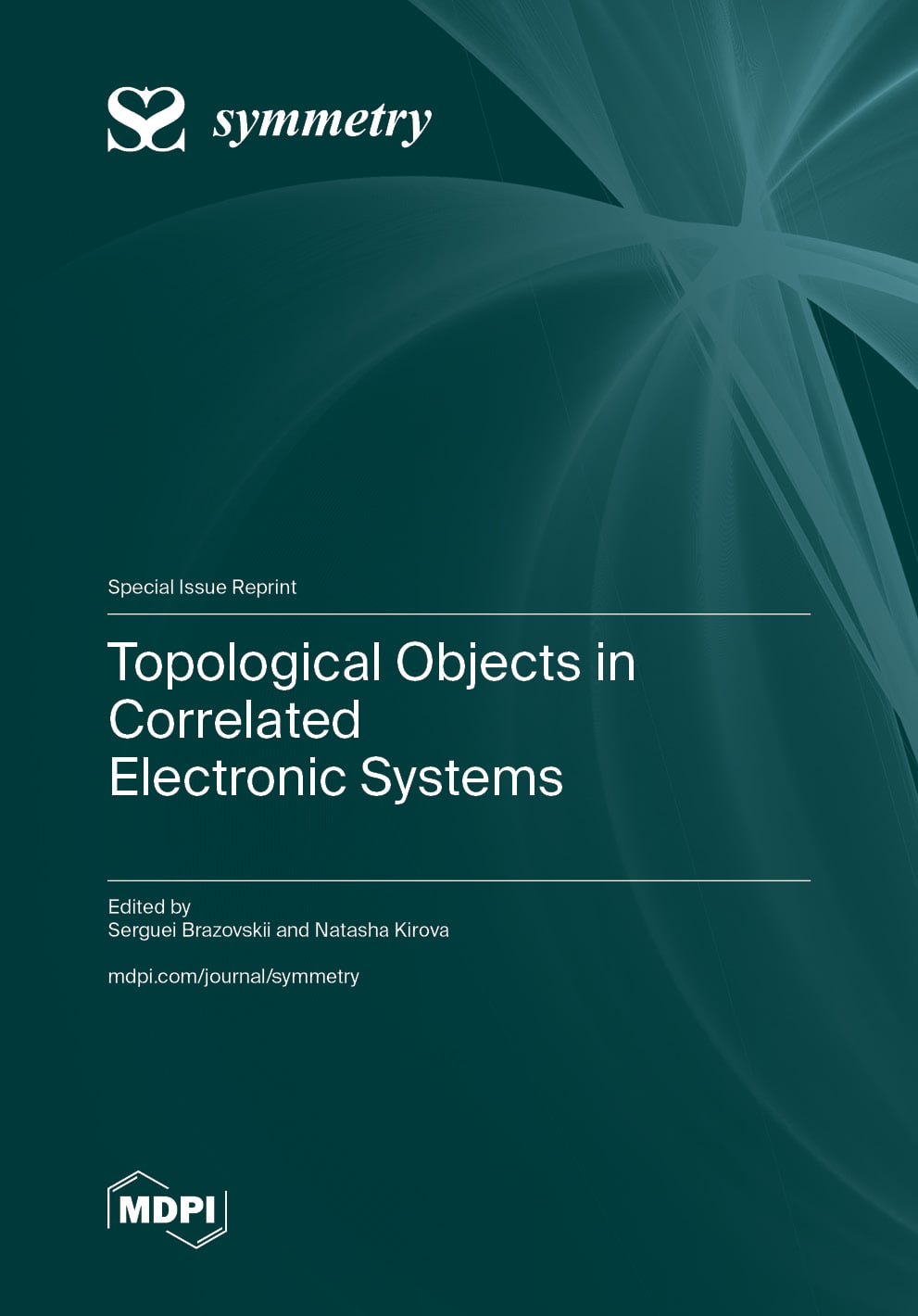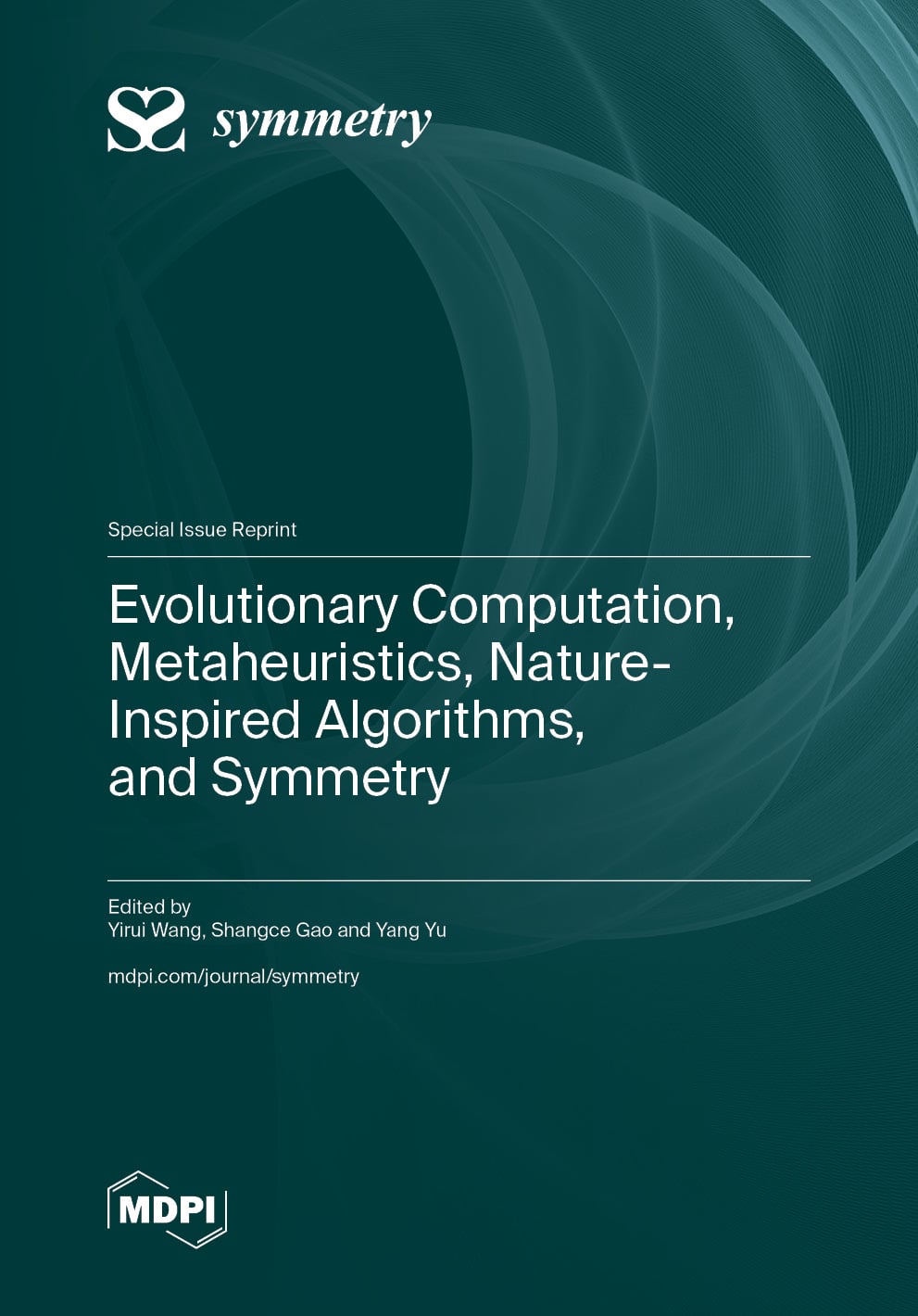- 2.2Impact Factor
- 5.3CiteScore
- 18 daysTime to First Decision
Symmetry
Symmetry is an international, peer-reviewed, open access journal covering research on symmetry/asymmetry phenomena wherever they occur in all aspects of natural sciences, and is published monthly online by MDPI.
Quartile Ranking JCR - Q2 (Multidisciplinary Sciences)
All Articles
News & Conferences
Issues
Open for Submission
Editor's Choice
Reprints of Collections

Reprint
Topological Objects in Correlated Electronic Systems
Editors: Serguei Brazovskii, Natasha Kirova

Reprint
Evolutionary Computation, Metaheuristics, Nature-Inspired Algorithms, and Symmetry
Editors: Yirui Wang, Shangce Gao, Yang Yu

